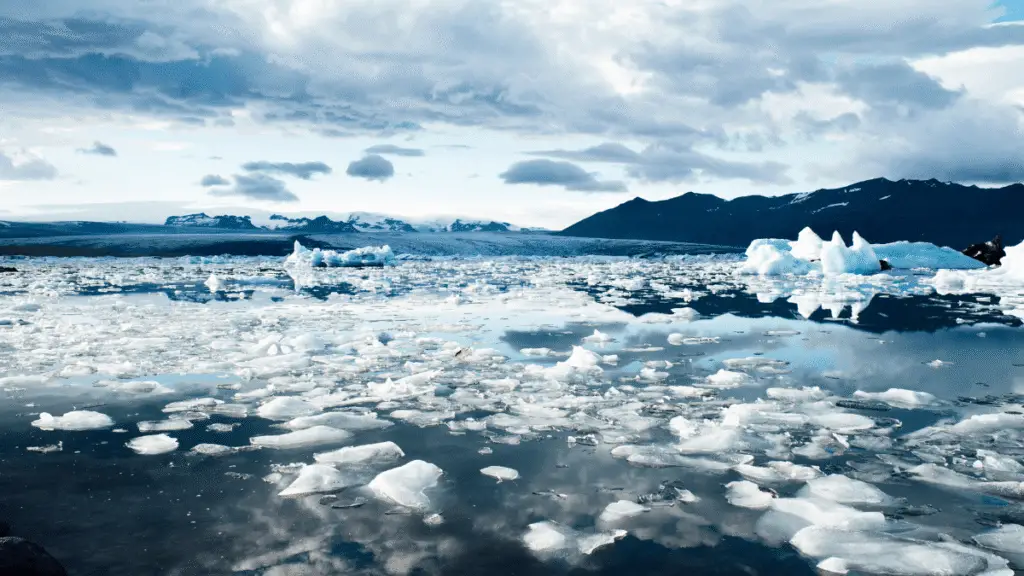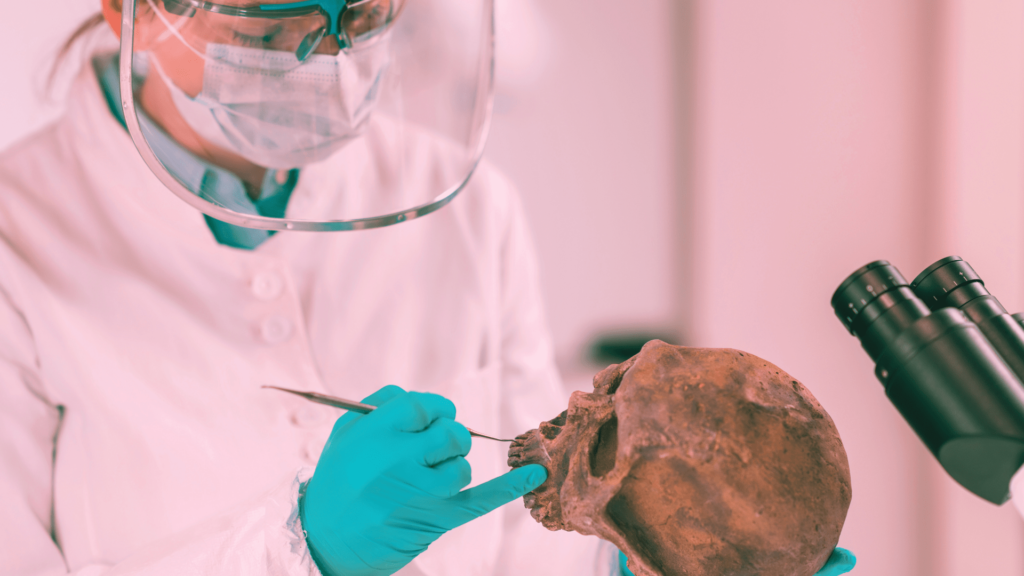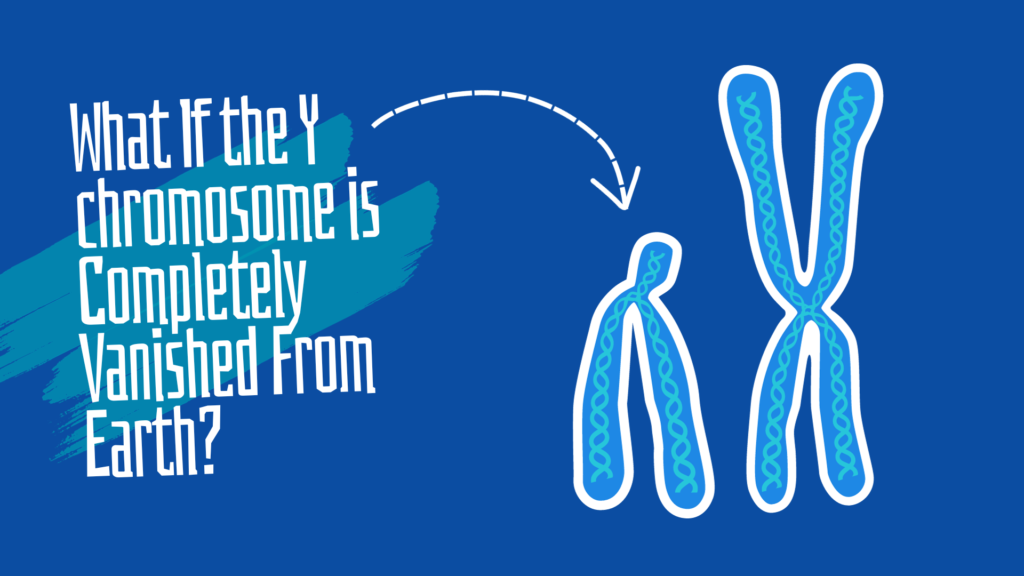We consider climate change to be a distant threat that is lurking in the background and could strike us at any time if we don’t take appropriate action soon.
It seems more like a warning than a fact.
However, the reality is that climate change is already here and not just coming.
A polar bear steps onto thinning ice somewhere in the Arctic. A bird lays its eggs weeks earlier than it used to, thousands of miles away. Additionally, the population of fish in tropical water is decreasing—not because of overfishing, but rather because they are trying to adapt to the rising temperature.
Right now, species are being forced to adapt as a result of changing ecosystems, rising Earth’s temperature, and other factors.
The effects of climate change are beyond the environment. It’s infiltrating animal genes, pushing evolution forward in real time, and compelling species to adapt—if they can’t, they’ll have no choice but to die.
Genetic diversity has suffered greatly as a result of climate change.
Genetic diversity is an important factor for species to survive for a long time. It gives populations the foundation blocks they need to adapt to shifting environmental conditions and change in response to selection pressures.
Creating successful conservation plans requires an understanding of how wildlife genetics are impacted by climate change.
In this article, we will discuss how, in order to survive, the living world is changing itself at the molecular level, and explore the genetic response to climate change.
Stay tuned.
Related article: Gene Flow vs Genetic Drift.
Key Topics:
Climate change and genetic diversity
Climate change may affect genetic diversity in a number of ways.
Population declines: Genetic drift can cause genetic diversity to be lost as a result of population declines brought on by climate change.
Selection pressures may change as a result of climate change, favoring people with particular traits over others.
Gene flow disruption: As a result of climate change, populations may experience a decrease in genetic diversity and an increase in the likelihood of inbreeding.
Interesting reading! Let’s go further and understand some real examples.
Chimpanzees are evolving to survive malaria
A recent study including 388 wild chimpanzees from across 18 African countries found that chimpanzees living in dense rainforests are starting to develop genetic changes that can help them fight malaria.
They showed changes in two specific genes linked to malaria resistance. And the shocking part is that these changes are similar to the genes that help humans survive malaria, too.
The main reason behind this is that forest areas, especially those getting warmer and wetter, are becoming a breeding site of more mosquitoes and more mosquitoes mean more malaria.
So, in order to survive, this species is slowly adapting to climate change.
Scientists also discovered that chimpanzees living in dry, open savannahs do not show this same genetic adaptation. This shows that climate change is not only altering the place and environment where animals are living, but also their DNA, over time.
Related article: 5 Real Radioactive Accidents That Left a Mark on Human Genetics
Red deer and early birth in Scotland
Red deer populations in Scotland have genetically evolved over the last 4 decades to give birth earlier in the year in response to climate change and increasing temperatures, according to new research published in the journal PLOS Biology.
This is a rare case of adaptive evolution led by genetic changes over a short period.
Over the last 45 years, from 1972 to 2017, scientists collected genetic analysis data from the rum deer. This data showed that the deer with earlier birth dates experienced significantly greater breeding success over their lifetimes.
As a result, the genes that cause such early births are now increasingly common among the red beer population.
Wyeomyia smithii and photoperiodic response
The pitcher plant mosquito, Wyeomyia smithii, is showing a genetic shift as a photoperiodic response to climate change.
Scientists tracked this tiny insect over the past 30 years and found that the internal clock of this species that tells them when to go dormant for winter has evolved as a genetically controlled photoperiodic response to the warm climate and longer summers.
Means they are adapting to shorter day length and basically reprogramming themselves about when they think winter is coming.
The climate pressure in northern areas is higher; therefore, the population here is adapting faster than the southern population.
Scientists say this is not just a behavioral adjustment–it’s a real genetic shift.
Read more: Gut Microbes and Our Genetics Are Linked- Shows These Studies
Drosophila flies and fitness traits
Seasonal climate changes are reshaping the genetic behaviour of the common fruit fly, Drosophila melanogaster, in natural populations found in India.
Studies showed that in Drosophila, climate change that leads to environmental seasonality change affects life history traits such as tolerance to abiotic stress and immunity, and traits associated with fitness.
In an article published in Nature, scientists found that winter-borne flies, facing drier and harsher conditions, developed a high tolerance to desiccation compared to flies born in autumn.
And again, this is just not a behavioral shift; it involves actual changes in their genetic recombination patterns.
Wrapping up:
Now we know that climate change isn’t just altering landscapes, but it’s also reshaping the wildlife at a genetic level. Species have no option but to adapt to the changing climatic conditions to survive.
As Darwin once said, “It’s not the strongest of the species that survives, nor the most intelligent, but the one most responsive to change.” The survival of the fittest, after all.
This gives us a conclusion that species that can adapt will survive. Those that don’t… may vanish.
Resources:
- Aggarwal, Dau Dayal, et al. “Seasonal Changes in Recombination Characteristics in a Natural Population of Drosophila Melanogaster.” Heredity, vol. 127, no. 3, 23 June 2021, pp. 278–287, www.nature.com/articles/s41437-021-00449-2, https://doi.org/10.1038/s41437-021-00449-2.
- Bonnet, Timothée, et al. “The Role of Selection and Evolution in Changing Parturition Date in a Red Deer Population.” PLOS Biology, vol. 17, no. 11, 5 Nov. 2019, p. e3000493, https://doi.org/10.1371/journal.pbio.3000493.
- Bradshaw, W. E., and C. M. Holzapfel. “Genetic Response to Rapid Climate Change: It’s Seasonal Timing That Matters.” Molecular Ecology, vol. 17, no. 1, 1 Jan. 2008, pp. 157–166, pubmed.ncbi.nlm.nih.gov/17850269/, https://doi.org/10.1111/j.1365-294X.2007.03509.x.
- —. “Genetic Shift in Photoperiodic Response Correlated with Global Warming.” Proceedings of the National Academy of Sciences, vol. 98, no. 25, 6 Nov. 2001, pp. 14509–14511, https://doi.org/10.1073/pnas.241391498.
- Dunham, Will. “Wild Chimpanzees Adapt Genetically to Different Habitats.” Reuters, 10 Jan. 2025, www.reuters.com/science/wild-chimpanzees-adapt-genetically-different-habitats-2025-01-10/.


